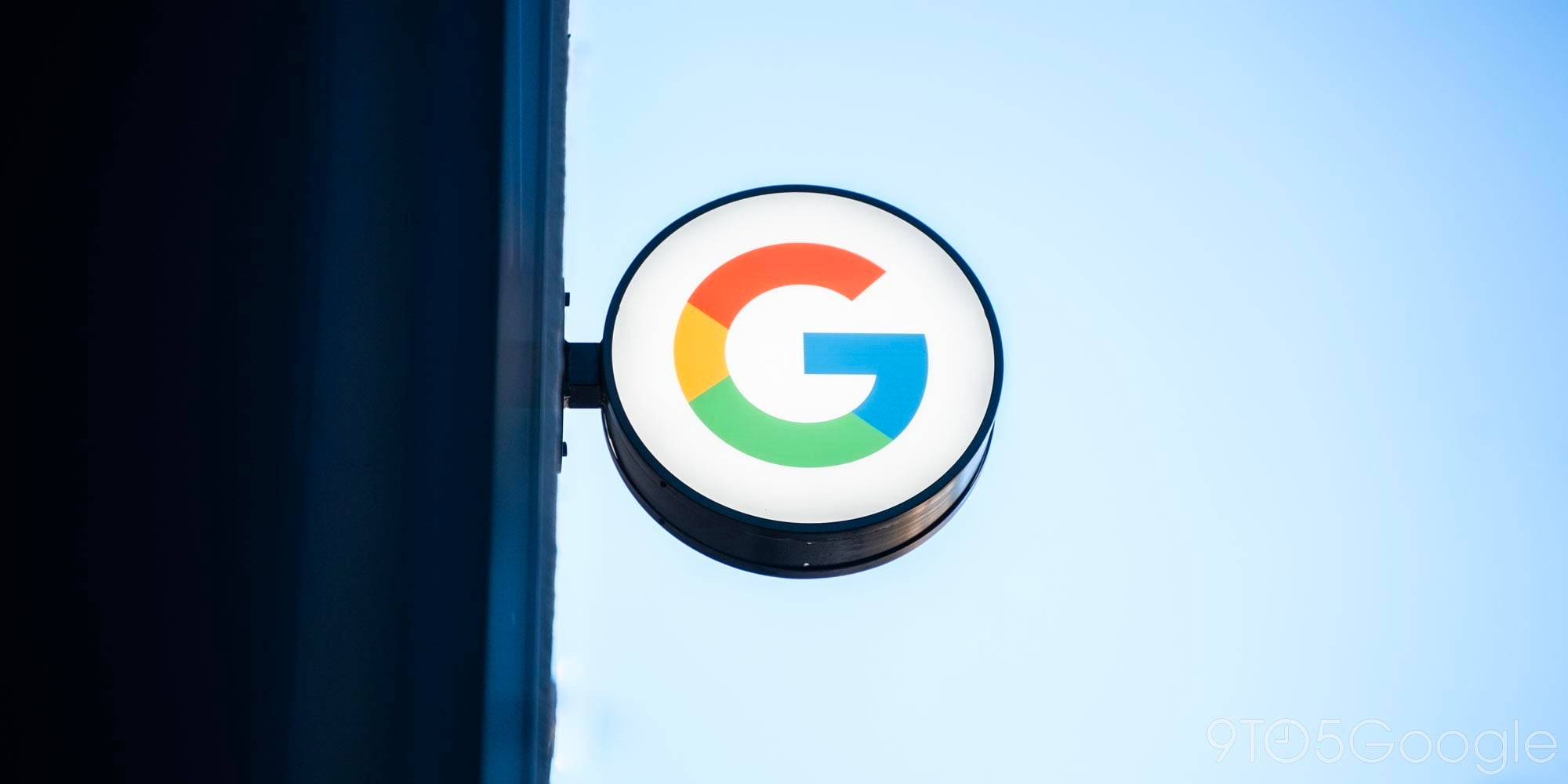
Google has replaced their homepage logo with a Doodle honoring Benoit Mandelbrot, a Polish mathematician and the namesake of the Mandelbrot set.
Born on November 20, 1924, in Warsaw, Poland, Benoit Mandelbrot received a non-standard education as a child. This was especially true because Benoit was the child of a Jewish family, making World War II particularly impactful to his life. Having moved to France before the outset of the war, Benoit was educated by his uncle, Szolem Mandelbrojt, a mathematician living in Paris at the time. After the war, Benoit Mandelbrot was able to go to college and ultimately receive a PhD in Mathematical Sciences.
Most famously, Benoit Mandelbrot is remembered for his work with fractals — and for even coining the very word “fractals” — in mathematics. Put simply, fractals can be described as geometric shapes built on patterns, or rules, that infinitely repeat as you zoom in on the finer details. Beyond the significant contribution that Benoit and IBM made to computer science through the effort to digitally re-create fractals, many fractals like the “Mandelbrot set” serve as a showcase of how mathematics can be a thing of beauty.
To get just a small picture of the vast body of discoveries that Benoit Mandelbrot helped find, you may be interested in a TED talk, filmed just months before Mandelbrot passed away in 2010, on “the art of roughness.”
Today’s Google Doodle shows Benoit Mandelbrot standing in front of a chalkboard, in the midst of a lesson about fractals. On the left side of the board, the first “O” of “Google” has been replaced with a Koch snowflake, one of the early fractals — discovered before the word was coined — which was easy for mathematicians and teachers to draw without the aid of a computer. My personal favorite minor detail in the Doodle is that the artist has left Benoit’s necktie transparent, letting an animation of the Mandelbrot set on the right half of the chalkboard shine through.
Over on the Doodle Blog, Google has included some thoughts from Benoit’s son, Didier Mandelbrot.
Throughout his life, Benoit was driven by curiosity. His memory was prodigious; he played with ideas, always looking for connections. Consequently, he could have interesting conversations with almost anyone, from brilliant scientists and artists to humble machinists and school children. So much of science is about specializing, looking ever more closely at ever narrower parts of the world. Benoit was a rare person who looked more broadly and by this, saw more deeply.
Additionally accompanying the Doodle, Google Search has included an interactive fractal viewer, where you can zoom in and out of a Mandelbrot set illustration, or simply press play and be amazed at what a simple set of mathematical rules can become.
More Google Doodles:
- Google Doodle honors Victorian artists’ muse Fanny Eaton
- Google Doodle celebrates Maria Tallchief, Native American prima ballerina
- Veterans Day Google Doodle features artwork made from military uniforms
FTC: We use income earning auto affiliate links. More.



Comments